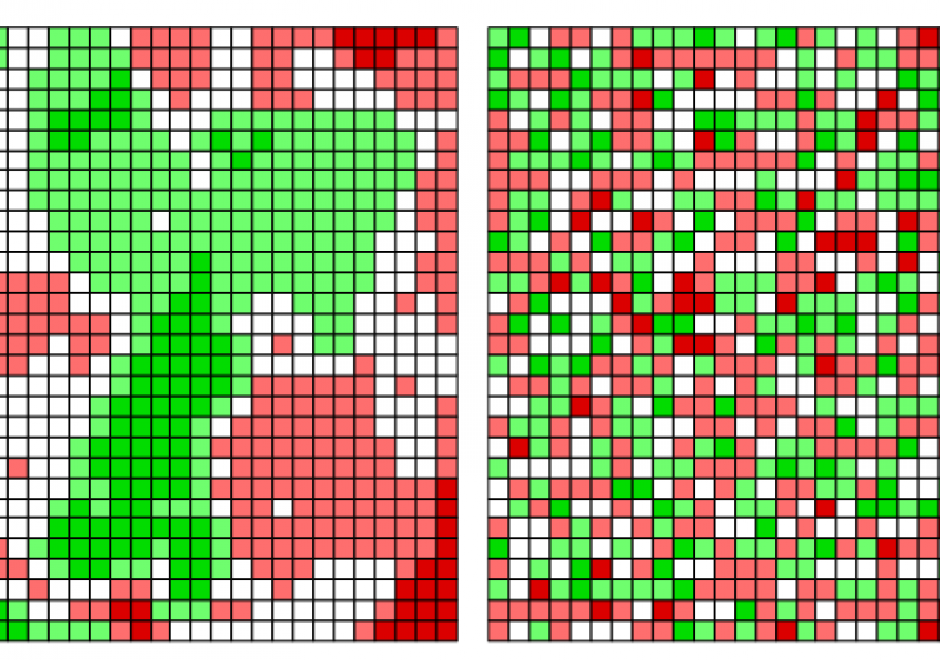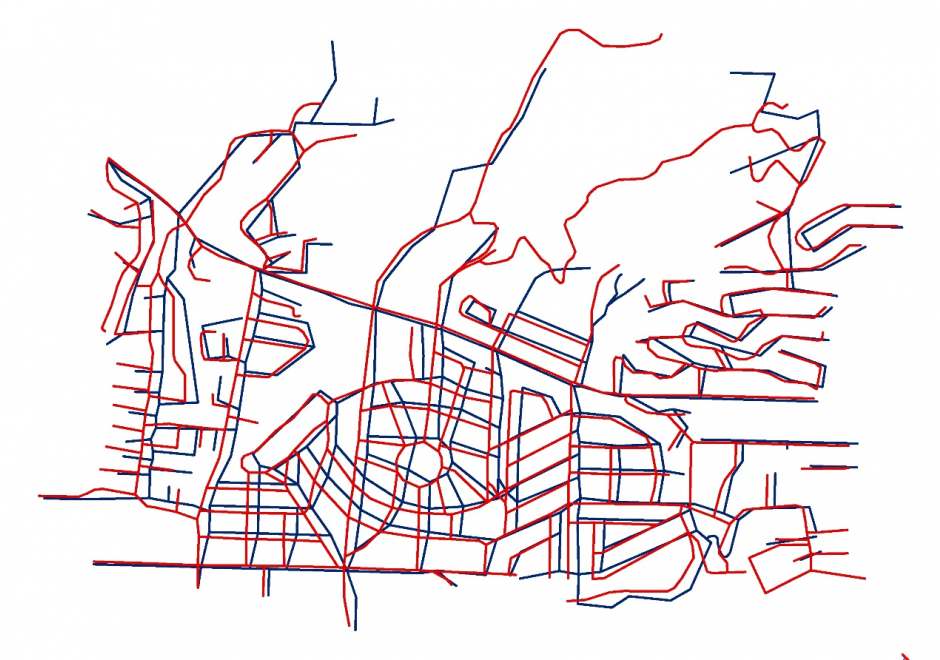GS-16 - Social critiques

- Explain the argument that, throughout history, maps have been used to depict social relations
- Explain the argument that GIS is “socially constructed”
- Describe the use of GIS from a political ecology point of view (e.g., consider the use of GIS for resource identification, conservation, and allocation by an NGO in Sub-Saharan Africa)
- Defend or refute the contention that critical studies have an identifiable influence on the development of the information society in general and GIScience in particular
- Discuss the production, maintenance, and use of geospatial data by a government agency or private firm from the perspectives of a taxpayer, a community organization, and a member of a minority group
- Explain how a tax assessor’s office adoption of GIS&T may affect power relations within a community





AM-84 - Simulation modeling